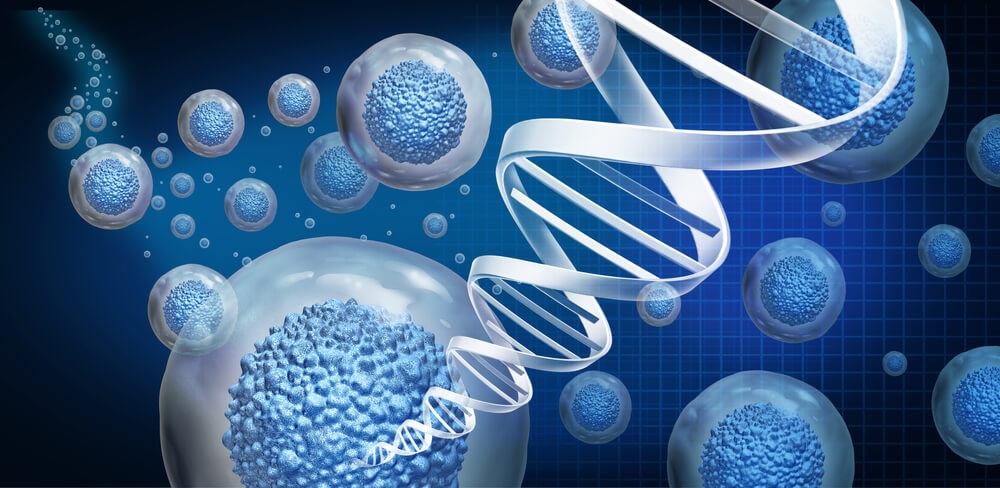Tissue repair science represents one of the most revolutionary advancements in modern medicine, offering hope for individuals suffering from injuries, degenerative diseases, and aging-related tissue damage. From ancient practices of wound care to cutting-edge innovations in bioengineering, tissue repair science has evolved into a multidisciplinary field with the potential to transform healthcare. With an aging population, a rise in chronic illnesses, and increasing demand for personalized medicine, breakthroughs in tissue repair hold immense promise.
The Science of Tissue Repair
Understanding Tissue Regeneration vs. Repair
Regeneration refers to the complete restoration of tissue architecture and function, as seen in certain species like salamanders, which can regrow entire limbs. In contrast, tissue repair often results in scar formation, where the function may not fully return. Understanding this distinction has driven researchers to explore how human tissues can be pushed toward regeneration rather than mere repair.
The Biological Process of Tissue Repair
The tissue repair process involves three primary phases:
- Inflammation: Immune cells such as macrophages and neutrophils clear the site of debris and pathogens while releasing growth factors.
- Proliferation: Fibroblasts and endothelial cells work to form new blood vessels and extracellular matrix (ECM).
- Remodeling: Collagen is reorganized, and the wound closes, often leaving behind scar tissue.
Challenges in Natural Tissue Repair
Human tissue repair is often hampered by issues like excessive scar formation, chronic wounds, and fibrosis. These limitations highlight the need for advanced therapeutic interventions to overcome the body’s natural barriers.
Advances in Tissue Repair Science

Stem Cell Therapies
Stem cells have become a cornerstone of tissue repair science. These undifferentiated cells can transform into specialized cell types, making them ideal for regenerative therapies. Recent breakthroughs include:
- Cartilage repair: Mesenchymal stem cells (MSCs) have shown promise in regenerating damaged cartilage, offering hope for arthritis patients.
- Spinal cord injury: Stem cell injections have helped restore partial mobility in patients.
- Heart tissue recovery: Stem cells have been used to regenerate damaged heart muscle after myocardial infarctions.
3D Bioprinting and Tissue Engineering
3D bioprinting involves creating complex tissue structures using bio-inks composed of cells and biomaterials. This technology has advanced to the point where functional tissue, like skin grafts and organoids, can be printed on demand. For example:
- Skin grafts for burn victims have been successfully bioprinted and transplanted.
- Organoids, miniature versions of organs, are being developed for drug testing and transplantation.
Gene Therapy and CRISPR-Cas9
Gene-editing tools like CRISPR-Cas9 have opened new avenues in tissue repair. By targeting specific genetic pathways, researchers are:
- Enhancing wound healing by upregulating growth factors.
- Correcting genetic defects in conditions like epidermolysis bullosa, a severe skin disorder.
Biomaterials and Scaffolding
Biomaterials act as scaffolds, providing structural support for new tissue growth. Recent innovations include:
- Hydrogel scaffolds: Soft, water-absorbent materials ideal for wound healing.
- Nanomaterials: Ultra-small particles that improve cellular attachment and growth.
- Smart biomaterials: Responsive materials that adapt to environmental stimuli, like pH or temperature.
Platelet-Rich Plasma (PRP) and Growth Factors
PRP therapy involves using a patient’s own blood components to accelerate healing. This method has been particularly effective in:
- Sports medicine for tendon injuries.
- Orthopedics for joint repair.
- Dermatology for hair restoration and skin rejuvenation.
Artificial Intelligence and Tissue Repair
AI plays a crucial role in analyzing complex biological data and creating predictive models for personalized treatments. For instance, machine learning algorithms are being used to predict wound healing timelines and optimize therapies.
Applications and Success Stories
Real-World Applications
Tissue repair science has already transformed several areas of medicine:
- Skin regeneration: Burn victims have benefited from bioengineered skin grafts.
- Bone repair: Stem cell therapies have accelerated fracture healing.
- Heart repair: Cardiac patches made from biomaterials are aiding in heart tissue recovery post-heart attack.
- Nerve regeneration: Advanced scaffolds are helping repair spinal cord injuries.
Success Stories
One notable case involved a patient with severe burns receiving bioprinted skin grafts, achieving remarkable recovery. Similarly, individuals with cartilage damage due to sports injuries have reported significant improvements with MSC-based therapies.
Ethical and Regulatory Considerations
Ethical Dilemmas
The use of embryonic stem cells and genetic modifications raises ethical questions about the boundaries of medical science. These concerns emphasize the need for ethical oversight.
Regulatory Challenges
Regulatory bodies like the FDA and EMA ensure that new therapies meet safety and efficacy standards. However, lengthy approval processes can delay life-saving treatments.
Accessibility and Cost Issues
While these advancements hold promise, their high cost often limits accessibility. Bridging this gap is crucial to ensuring equitable healthcare.
Future Directions in Tissue Repair Science
The Role of Nanotechnology
Nanotechnology offers exciting possibilities, such as:
- Nanoparticles: Targeted drug delivery systems for wound sites.
- Nanofiber scaffolds: Ideal for complex tissue engineering.
Organ Regeneration and Transplantation
Research is moving toward bioengineered organs, which could eliminate transplant shortages. Progress in kidney and liver regeneration is particularly promising.
Personalized Medicine in Tissue Repair
Tailoring therapies to individual patients based on genetic profiling is becoming a reality. Wearable technologies and AI tools are aiding in real-time monitoring of healing processes.
Synergy of Multidisciplinary Research
Collaboration between biologists, engineers, and computer scientists is driving innovation in tissue repair. This multidisciplinary approach ensures faster and more effective solutions.
Conclusion
Breakthroughs in tissue repair science are reshaping the future of medicine. From stem cell therapies to AI-driven solutions, these advancements are addressing the limitations of natural healing and offering transformative possibilities. As research progresses, the integration of cutting-edge technologies and ethical practices will ensure that tissue repair science fulfills its potential to improve lives worldwide.


